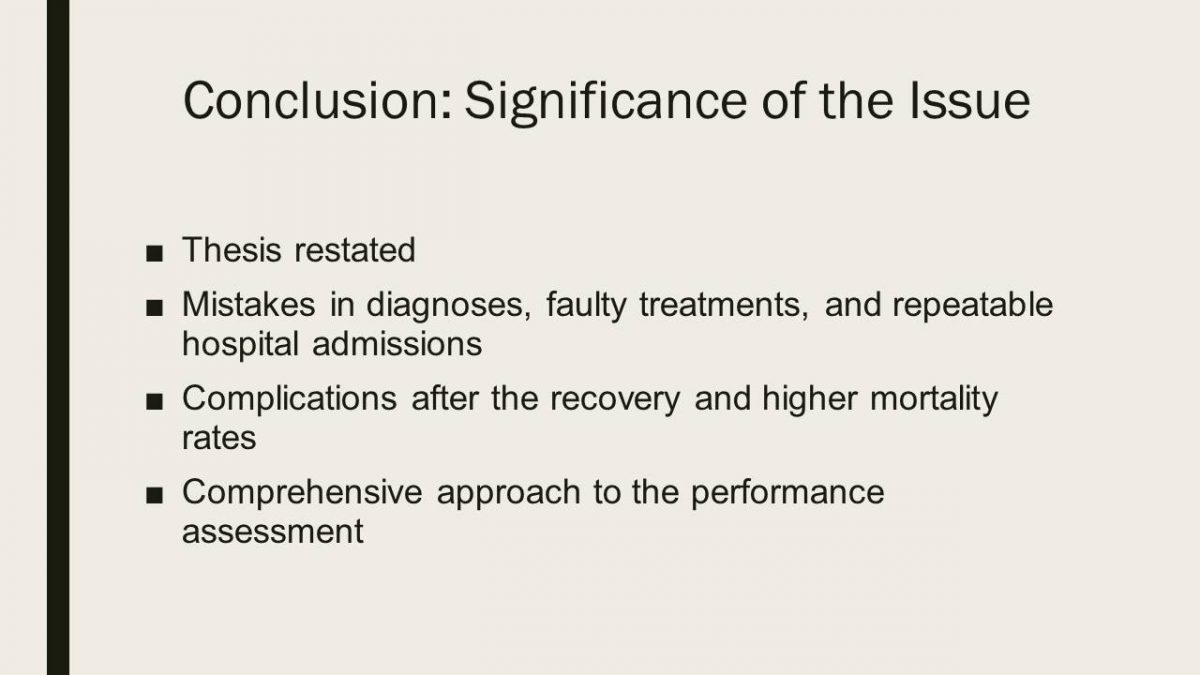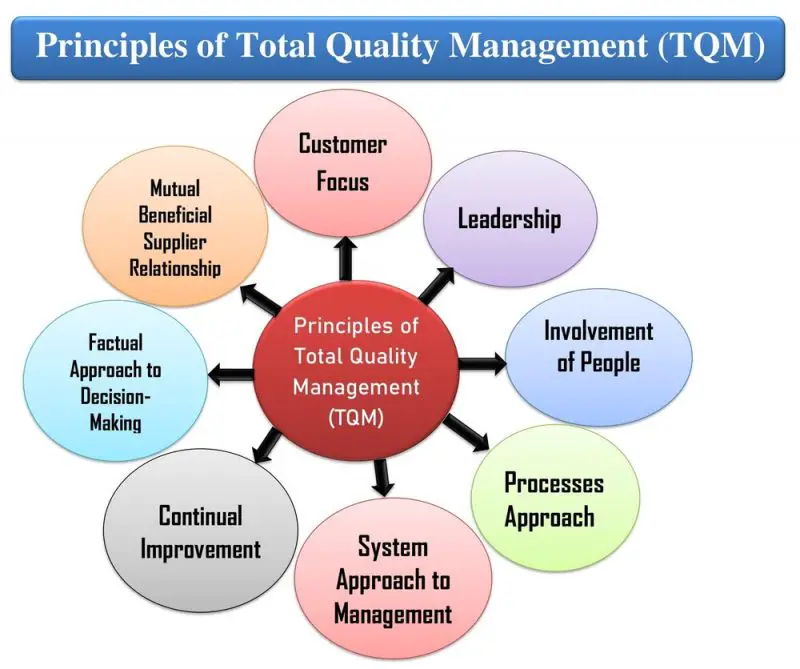Total Quality Management (TQM) and Continuous Quality Improvement (CQI) are two closely related approaches to improving the quality of products and services within an organization. TQM is a holistic approach to quality management that involves the entire organization in a continuous effort to improve processes and outcomes. CQI is a specific technique or approach that focuses on identifying and addressing problems in a systematic way, with the goal of continuously improving the quality of products and services.
TQM is based on the idea that quality should be built into a product or service from the beginning, rather than being inspected or tested for defects after the fact. This is achieved through the use of standardized processes and procedures, as well as ongoing training and development for employees. TQM also emphasizes the importance of customer satisfaction, as well as the need to involve all stakeholders, including employees, customers, suppliers, and management, in the quality improvement process.
One of the key principles of TQM is the use of data and statistical analysis to identify problems and track progress. This includes the use of tools such as control charts, flowcharts, and process mapping to understand how processes are currently working and identify areas for improvement. TQM also emphasizes the need for regular communication and collaboration among all stakeholders, as well as the importance of leadership in driving quality improvement efforts.
CQI is a specific technique that is often used as part of a TQM program. It involves a systematic approach to identifying and addressing problems or areas for improvement in a continuous cycle. This may involve collecting and analyzing data, identifying root causes of problems, and implementing solutions to address these issues. CQI typically involves the use of teams or committees to identify and address problems, as well as the use of specific tools and techniques such as root cause analysis and process mapping.
One of the key benefits of TQM and CQI is the ability to improve the quality of products and services, which can lead to increased customer satisfaction and loyalty. In addition, these approaches can help organizations reduce waste and inefficiencies, leading to cost savings and increased competitiveness. TQM and CQI can also lead to improved communication and collaboration within an organization, as well as increased employee engagement and satisfaction.
In conclusion, TQM and CQI are important approaches to improving the quality of products and services within an organization. TQM is a holistic approach that involves the entire organization in a continuous effort to improve processes and outcomes, while CQI is a specific technique that focuses on identifying and addressing problems in a systematic way. Both approaches can lead to significant benefits, including increased customer satisfaction, reduced waste and inefficiencies, and improved communication and collaboration within the organization.
Total Quality Management vs. Continuous Quality Improvement

Despite many shared factors, TQM and CQI are not synonymous, as summarized from the works of Koning and Kunken. In terms of nursing service, TQM can be utilized to assess the timing of the nursing service, conduct of the nursing staff, and overall satisfaction with the help in ER. These tests are structured so practitioners can capture results and the chosen course s of action. Disclaimer PMI®, PMBOK®, PMP® and PMI-ACP® are registered marks of the Project Management Institute, Inc. Some frameworks are specific to social and health services, while others were developed in manufacturing and have been adopted by different industries and the service sector. The implementation of CQI allows defining the problem, mapping the process, identifying improvement opportunities, implementing the improvements and continually monitoring the outcomes for improvement opportunities. Similarities Between Total Quality Management and Continuous Quality Improvement As far as similarities between both approaches are concerned, Continuous Quality Improvement is such management approach which improves maintains the quality by emphasizing the regular internal assessment of causes of quality issues and it is further followed by the undertaken of reducing the quality risk and improving the product quality.
The Role of Continual Improvement in Quality Management

For a high number of similarities, many experts do not put a distinctive line of differentiation between CQI and TQM. Quality management is one of the most effective ways for them to beat their competition. These principles prescribe a series of techniques you can use to identify areas of improvement. Although the principles of CQI may sound inviting, team members may reject improvement initiatives for many reasons. To measure the effectiveness of Total Quality Management And Continuous Quality Improvement can be the most significant aspect after the implementation of process. . Office of the Inspector General, Review of Patient Care Allegations, VA Medical Center, North Chicago, IL, 2HI-A28-163.

The quality management and improvement programs are helpful use methodology to create particular type of product according to customers desire. While deciding how to serve customers best, also consider what quality means. It considers important aspects, such as leadership, growth, support, training, and communication. Here are popular total quality management examples: 1 Total Quality Management and Healthcare Industry The techniques of TQM are necessary for both public and private healthcare organizations. Quality management and quality improvement ensure the customer satisfaction by maintaining the quality such as conducting customer survey to understand what customer really want and who are the customers of the product. ITIL® is a registered trade mark of AXELOS Limited, used under permission of AXELOS Limited. Quality Management in Hospital Departments: Empirical Studies of Organisational Models.







